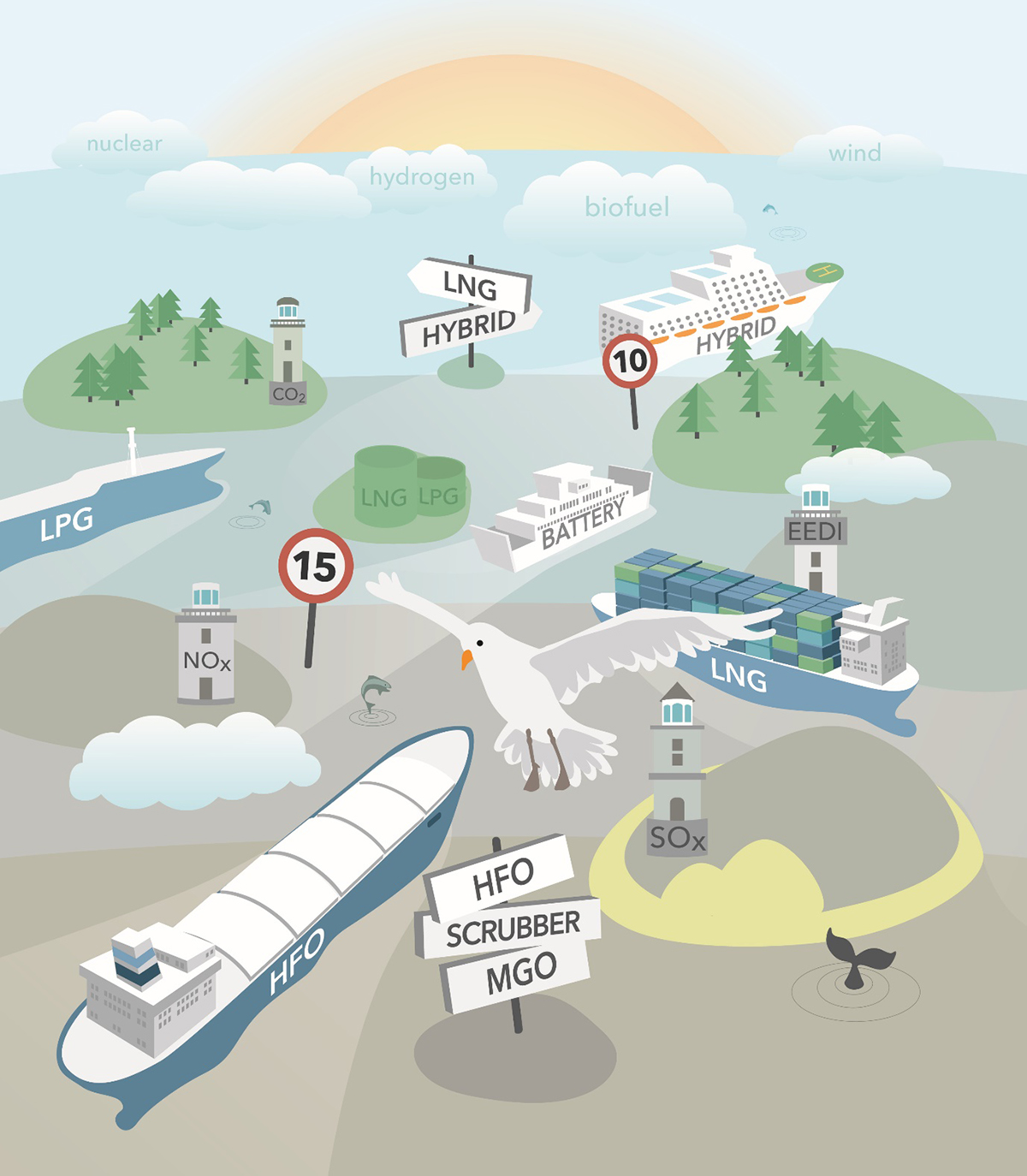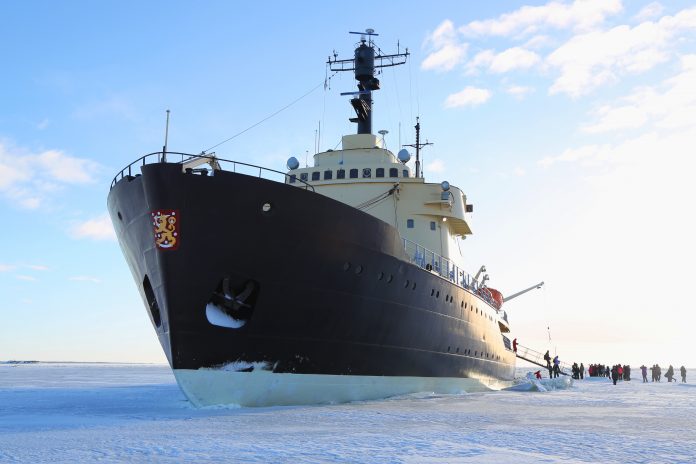Sari Repka from Centre for Maritime Studies, University of Turku asks what can we learn from the Baltic SECA with respect to future shipping environmental regulation and provides a compelling response
The EnviSuM project is reaching its completion. This spring, we analysed the different aspects of the impact of the Sulphur Emission Control Area (SECA), from technical issues to social and economic effects in the Baltic Sea Region (BSR). Among the motivations behind EnvisuM, was the need for updated science-based information to guide future legislation on emissions from ships.
One can ask…what are the lessons learned from the Baltic Sea SECA to the upcoming global regulation Sulphur Cap 2020?
With some uncertainty, we can extrapolate some of the EnviSuM findings. We can safely say that the feared negative economic consequences that were heatedly debated by the shipping sector before the regulation did not, for many reasons, materialise. In contrast, the expected environmental benefits did.
Shipping in the Baltic Sea differs greatly from shipping in other parts of the world. The Baltic Sea shipping is short sea shipping and competes with road traffic. In addition, the entrance of vessels to the Baltic Sea are size-limited due to the overall shallow depths of Danish straits. Since the feared modal shift from sea to land due to cost increase from the SECA was not observed in the BSR, we do not expect that to be an issue in other parts of the world either.
What are the compliance costs in the BSR? According to rough calculations, the annual cost is around €595 million. However regardless, according to our and other studies these costs are only a minor detail in the natural market variation of shipping. Undoubtedly, shipowners bear these costs and transfer them to their customers.
Before the regulation entered into force, it was speculated that some industries, such as paper or metal industries, in the northernmost part of the Baltic Sea, would suffer the most – and even relocate. The costs of transport have increased, partly due to SECA, but no relocations in the industries can be attributed to that.
What about the administrative costs of SECA to society? According to our results, the annual costs for the 1500 vessels in the Baltic Sea the administrative costs are around €3 million which are negligible but can be extrapolated to other regions.
Many challenges have arisen with respect to the different methods to comply (Fig. 1). Air pollution control devices, such as scrubbers, cannot cut CO2 emissions, do not fully reduce particulate emissions (c. 50%) and cannot match long term MARPOL 6 deadlines, which requires a drastic reduction of both SOx and NOx (scrubbers can cut only one exhaust at a time). Liquefied Natural Gas (LNG) as ship fuel is cleaner than the traditional bunker fuel or marine diesel, but methane slip is a clear disadvantage for upcoming greenhouse gas emissions regulations. Therefore, more work, research and innovations are needed as compliance is also a business opportunity.
Non-compliance can be lucrative from economic aspects. Thus, monitoring and sanctioning is important to ensure a level playing field. In general, compliance in the Baltic Sea is around 95% or better since the shipowners have internalised the values of environmental regulation. However, when outside of territorial waters or far from known sniffers, the percentage of compliant vessels somewhat drops. Based on this, we expect less compliance in high seas as they can be difficult to monitor.
Finally, what are the benefits of the SECA regulation? In the Baltic Sea, the transition from 1.0% to 0.1% sulphur content in fuel was made in 2015. This is a reduction of 90%. Globally, we will see a transition from 2.5 to 0.5 in 2020. Are the effects of regulation linear for sulphur deposition? In the BSR, the sulphur emissions from shipping were a factor of 8.16 higher in 2014 compared to 2016. Not a factor of 10 – assuming purely 1% to 0.1%. This is understandable because already in 2014 some vessels were using low sulphur options.
For the countries bordering the Baltic Sea, The EnviSuM project estimates that 500 – 1000 premature deaths annually have been prevented. In addition, a large number of non-lethal cases of heart attacks and stroke have been prevented, also in countries further away. The decrease in mortality was estimated to be at least €500 million for SECA and the decrease in acidification would result in gains of €145 million.
These figures still miss the effects of morbidity. However, as the global cap will influence deep sea shipping far away from the coasts, most of the pollutants will be deposited to the ocean and not reach the coasts. Therefore, we expect the benefits for human health and land ecosystems to be relatively less than in the BSR. Besides, SECA has induced innovation in the BSR and improved reputation of the area, recognised as frontrunners of clean shipping worldwide (Fig. 1). This position may help marketing the in practice tested compliance methods in the BSR.

In summary, controlling sulphur emissions from shipping in the BSR has been the biggest environmental effort in that sector to date. Accepting and internalising this regulation has changed the attitude of the shipping industry towards environmental issues and can be regarded as a paradigm shift. Regional regulation for the global problem of sulphur was considered unfair and risky for the shipping sector in the BSR, however, in the Baltic Sea, we have been able to show that it can be done and the business thrives.
Welcome to our Final Conference in Copenhagen on 24th April 2019! More info and registration: http://mdc.center/events/2019/4/24/impacts-from-seca-and-global-cap-2020
Please note: This is a commercial profile
Sari Repka
Centre for Maritime Studies,
University of Turku
www.utu.fi/en/units/cms/Pages/home.aspx











